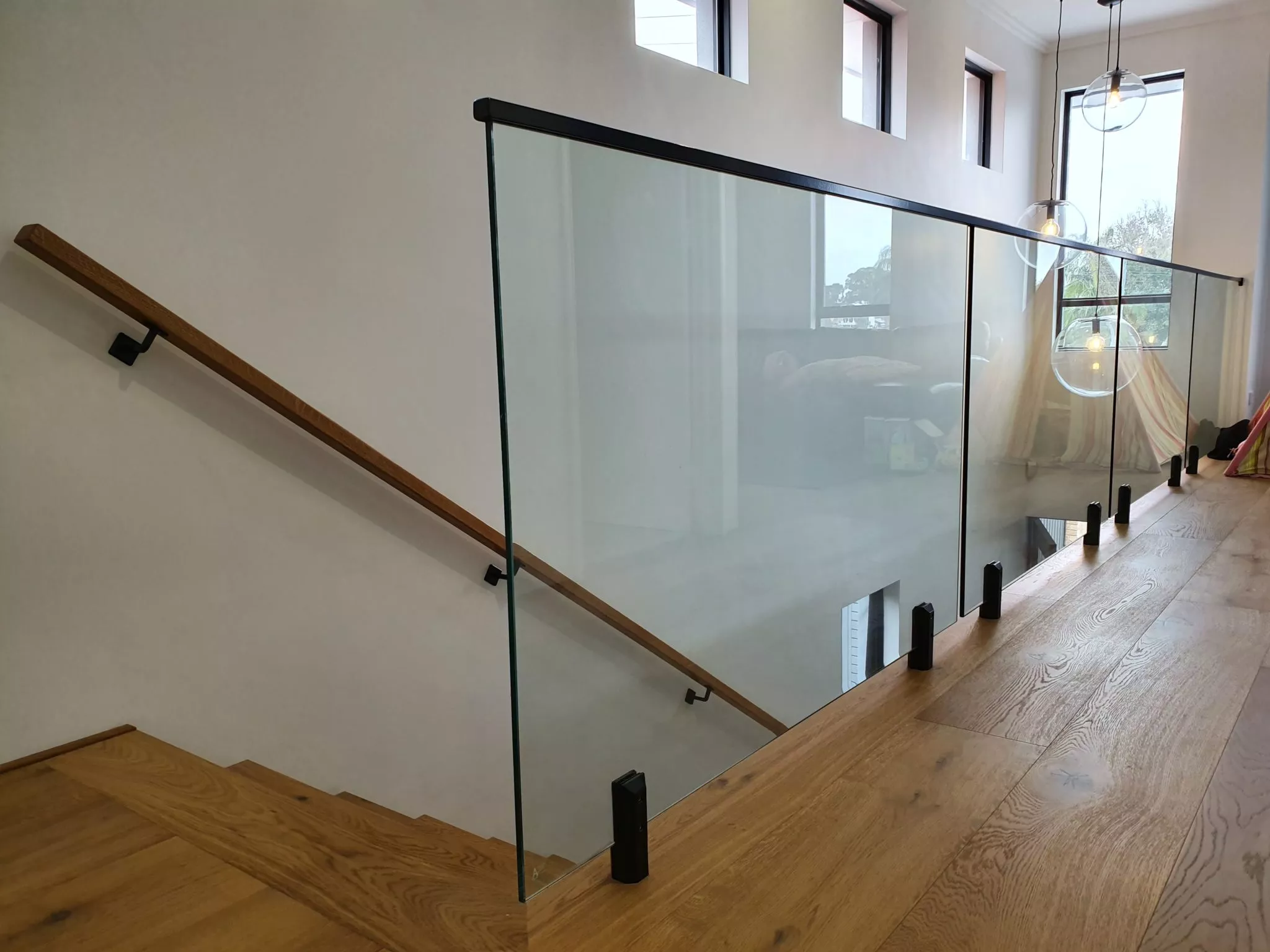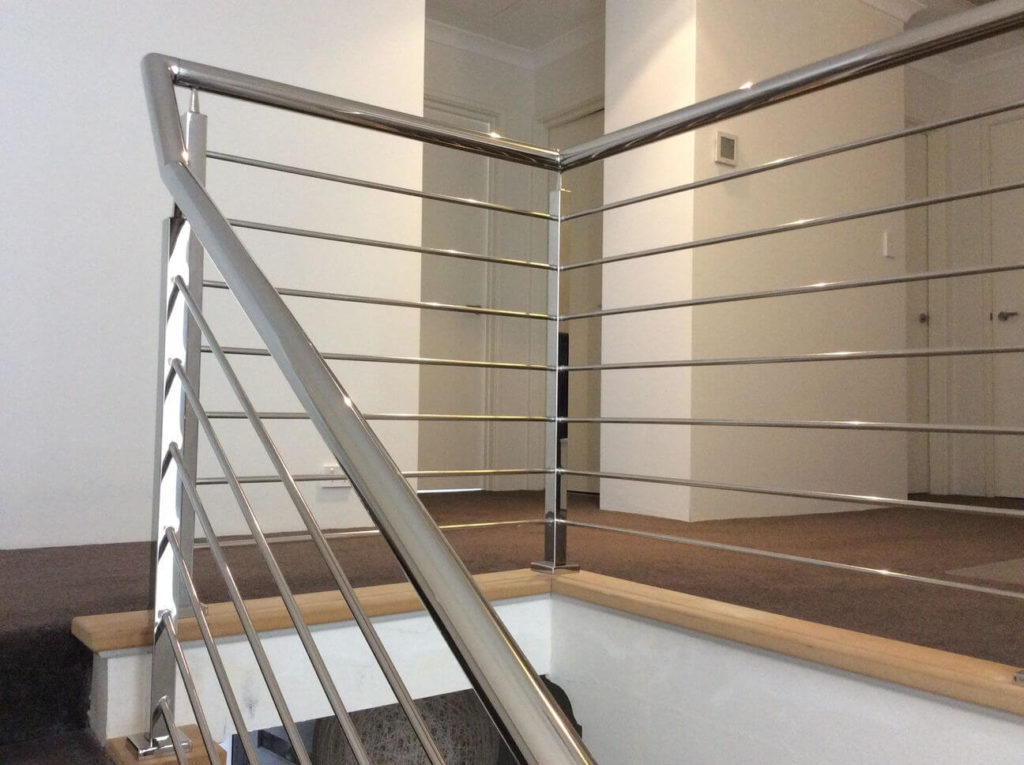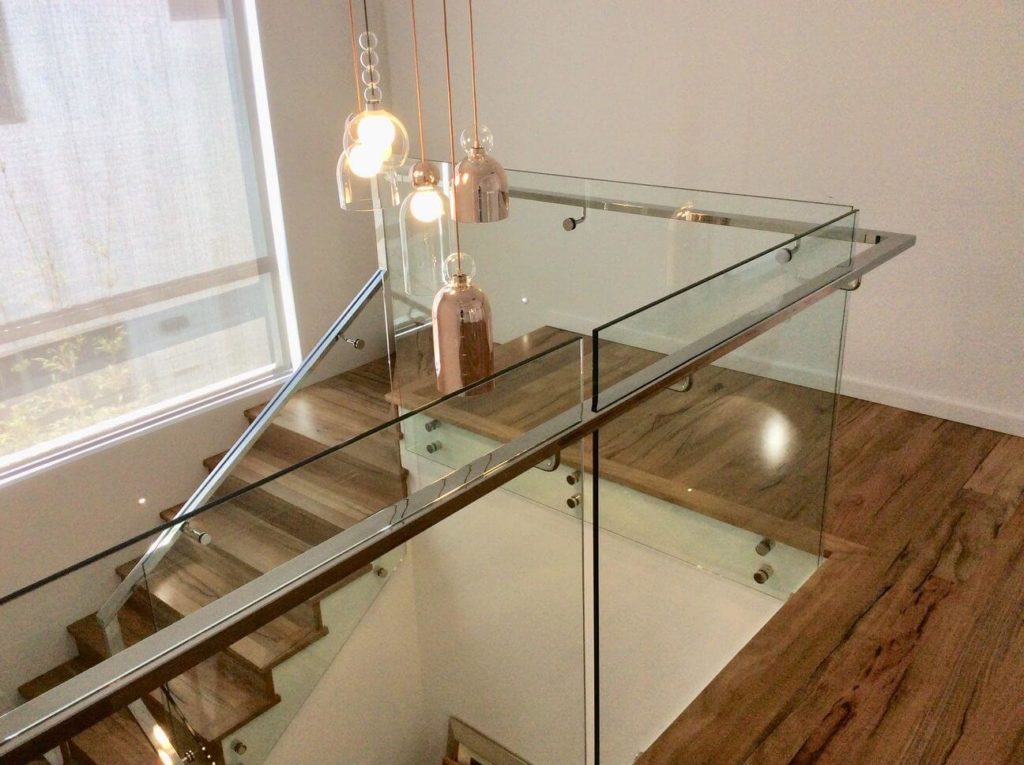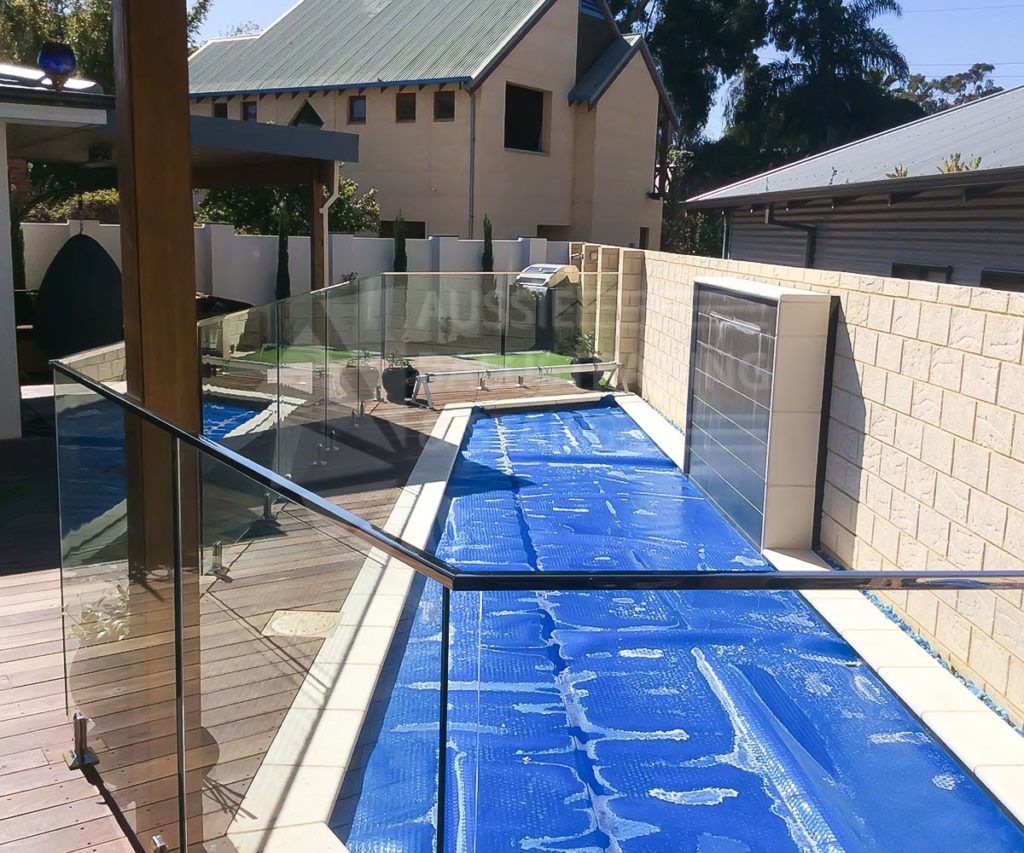Ensuring that your construction project follows the Building Code of Australia (BCA) policies is necessary to avoid any potential violations and safety hazards. Different rules apply to specific construction materials, so you need to do an inventory of your logistical expenses to make sure you’re installing them correctly. For glass balustrades in Perth and nearby regions, the BCA has particular policies covering its placement on stairways, balconies and other surfaces.
Strict regulations on glass balustrade properties
Balustrades function as a fence or guardrail for both indoor and outdoor installations. These are usually to prevent people from falling from great heights. This is why there are several strict requirements for construction and maintenance.
Before the Australian Standard’s update in 2006, many frameless toughened glass balustrades were the norm for many commercial buildings. However, these installations were at a dangerous risk of breakage due to their unmonitored load durability.
General balustrade construction guidelines
The BCA’s ruling requires railings, balustrades and other barriers to have at least one metre of separation between its highest point and the adjoining floor. It must also contain openings between risers and posts that aren’t greater than 125mm. Lastly, it should withstand a load impact issued by AS 1170.1, regardless of its material. These different rulings are specific responses to potential accidents that can occur.
The height requirement is a requirement to avoid severe injuries if people fall over the fence. On the other hand, the openings’ limitation is to ensure that children won’t fall between the railing’s spaces or get their heads stuck from it. Lastly, the load impact regulation is a necessary safety measure to prevent collapse due to pressure from any direction.
Potential violations against BCA and SA rulings
Besides the construction guidelines above, you can end up violating the BCA’s standards for balustrades over time. For example, upgrading the flooring of an existing floor adjoining the floor can put you at risk of violating the one-metre allowance mentioned above. This raises the floor’s level without adjusting the balustrade’s height.
Another potential reason for a violation of safety hazards is concrete cancer. Also known as spalling, it’s a condition that affects the tension wire between posts of balustrades. This causes timber balustrades to become loose and wobble.
Necessary additions to glass balustrades
For glass balustrades to comply with the BCA and AS’s standards, it needs to have necessary installations and brand specifications to be usable in a building. Retrofitting handrails to toughened glass is part of complying with BCA policies. However, there are no strict definitions of its strength and fixing points. This leaves you with the liberty of finding a handrail system that fits your building’s design.
AS 1288 (2006) declares frameless glass balustrades as non-compliant to building codes. However, you can opt for a frameless glass balustrade made with Sky Glass due to its high durability. Sky Glass is a product that keeps the interlayer of glass fragments together, even in the event of breakage. Its custom toughened and laminated glass prevents glass shards from breaking apart with little to no sagging.
Conclusion
What makes a building is all the accents and details you include for finishing, such as lighting fixtures and balustrades. With any construction project, it’s best to learn everything you need to know about the regulations about these materials. Doing so will help you make the necessary adjustments to your design without dealing with violations and additional repair costs in the future.
If you’re looking for a company that installs glass balustrading in Perth, we’re the perfect team to call. We ensure our clients that we’re a one-stop-shop offering products and installations services. Contact us today to learn more about how we can help you with your construction project!




